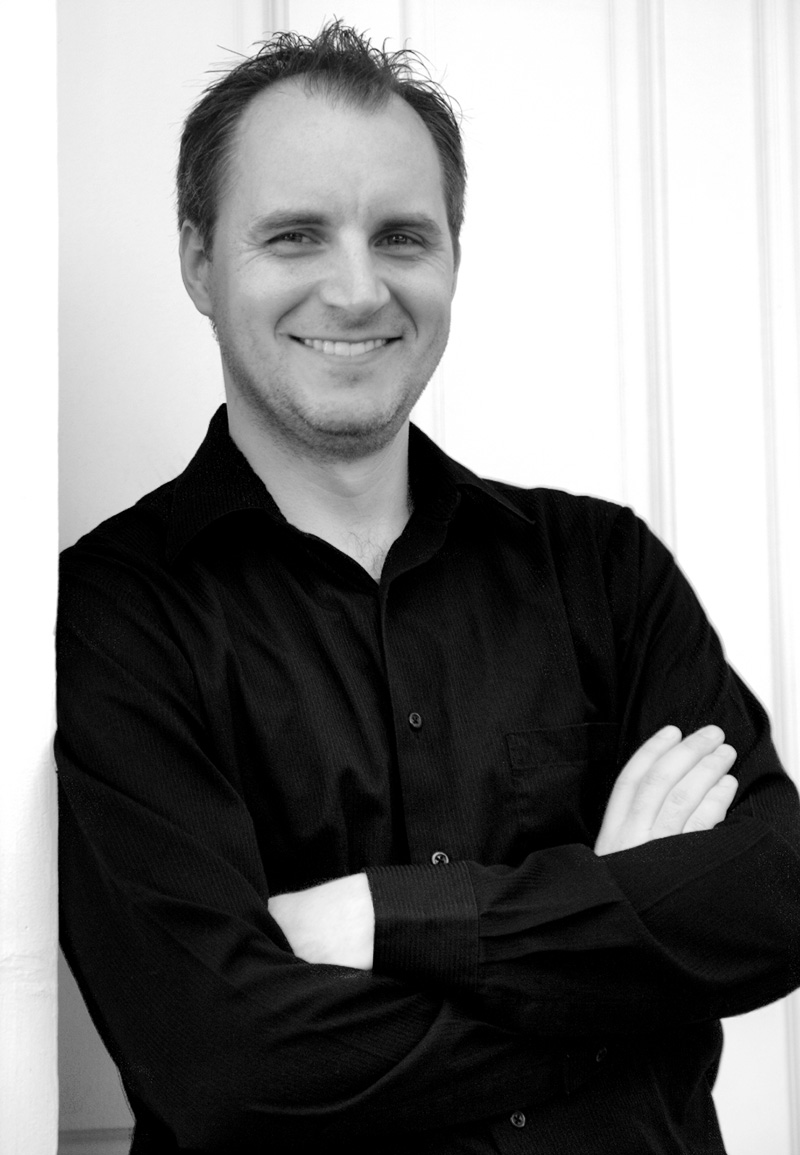The workshops at the Writing
Excuses Retreat were all fascinating and educational, but there was
one that truly came across like drinking from a firehose: Dan
Wells’ talk on “Deconstructing Story Structure.” In it he
talked about the Hollywood Formula, and the Seven-Point Story
Structure. The former was harder to get my head around, so it may
take a while for me to figure out what to say about it. This is a
brief summary of the latter, including links to resources
I found on the Web.
The seven-point structure
is, among other things, a way of organizing your ideas and starting a
mini-outline of your plot. It can be used by outliners, but pantsers
can analyze what they’ve written to find out if the structure
suggests something that might be missing. The startling (to me at
least) idea is that you start with #7, the resolution of the story:
what happens at the very end. You then set up #1, the hook: the
beginning, where the protagonist and the world are in pretty much the
opposite state to the end. There’s a midpoint (#4) where the
protagonist moves from reacting to events to taking some initiative,
two plot turns (#2 and #6), and two “pinches (#3 and #5) that apply
pressure to the protagonist.
You’re going to need
examples to understand what’s going on, and the two best capsule
descriptions I’ve found give some: Dan
Wells’ blog entry from October 6, 2009, and the Writing
Excuses podcast of Oct 7, 2012, almost exactly three years later.
I guess there’s something about the first week of October – and,
oh, look, here it is, the same week another three years later. Dan
made a
series of five 10-minute YouTube videos. I also found a couple
of bloggers
who gave interesting summaries.
Dan gave several caveats:
both these structures (7-point and Hollywood) are tools that provide
shape to a story, not ends in themselves. They’re not just a bunch
of events; they’re a structure that carries the reader from the
beginning to a satisfying end. They can be used to analyze existing
stories as well as plan new ones, and they’re just the skeleton of
a story that has to be augmented with much more, such as subplots and
try-fail cycles.
I’ve seen other situations
where working backwards is the right thing to do. In computing
science there’s a discipline called “proofs of program
correctness” where you start with a description of the state at the
end of a computer program, and work backwards through each statement
to show mathematically that the program establishes the end state
correctly if started in a particular initial state.
Dan credits for idea to a
role-playing game supplement: the Star Trek Roleplaying Game
Narrator's Guide (available from amazon.com
and amazon.ca
and likely other online booksellers). Unfortunately for the
originators, it’s pretty clear that by this point the Web considers
Dan to be the expert on the subject, or at least the chief
evangelist.

No comments:
Post a Comment